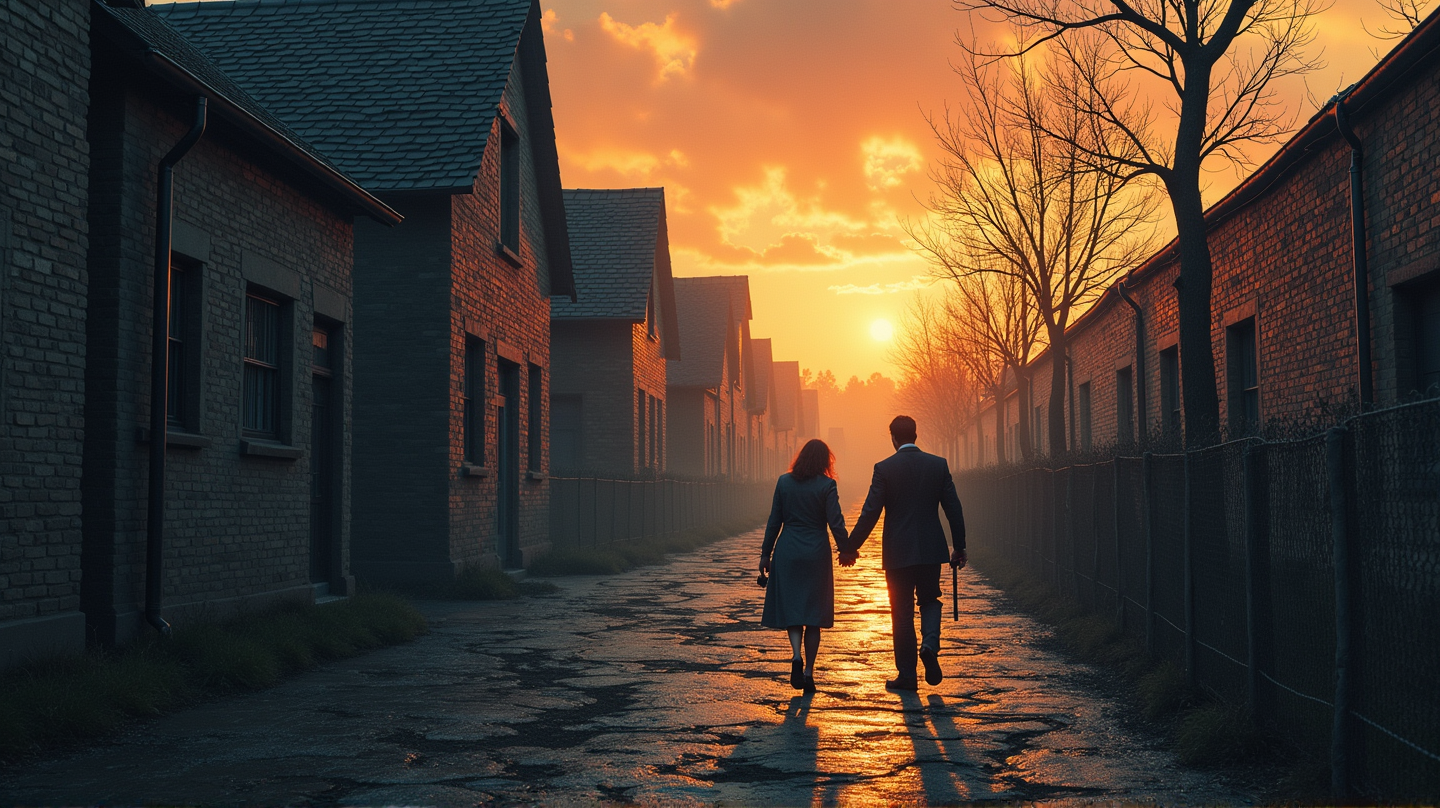In an unsettling turn, the revered Auschwitz Museum has raised an alarm against the recent surge of AI-generated images depicting Holocaust victims—an act they declare as a “dangerous distortion” of the historical truth. These fabricated images, sprouting from the Facebook page “90’s History,” utilize genuine data like names and biographical details from the museum’s archives, yet their portrayal is nothing short of misleading.
The Peril of Aesthetic Distortion
The Auschwitz Museum took to social media to denounce these digital recreations, emphasizing that “it’s not education, it’s a form of aestheticized distortion.” The museum warns that these images could easily dilute the solemn memory of those who perished in Auschwitz, turning authentic history into a “fictionalized performance.” The clarity of historical fact is shrouded behind these stylized visuals, risking the transformation of heartfelt remembrance into mere visually striking fabrications.
A Call for Responsibility
With a strong plea, the museum urged “90’s History” to halt their creation and distribution of these AI-generated images. The message was clear: to honor the memory of Auschwitz victims requires integrity. According to The Jerusalem Post, any action that reshapes or distorts the tragic events of the Holocaust undercuts its educational value and turns the tragedy into an aesthetic venture.
A Wider Issue: AI and the Distortion of Holocaust Narratives
The threat of artificial intelligence is not confined to images alone. Holocaust survivor Renee Salt recently fell victim to AI-fueled scams, which involved the unauthorized publication of books about her life under fake, sometimes antisemitically charged, author names. Salt’s indignant response highlights a growing issue—how technology, if misdirected, can be used to undermine truth and exploit poignant histories.
Preserving History with Authenticity
The Auschwitz Museum’s outcry is a poignant reminder of our responsibility to engage with history authentically. It stresses that memory, particularly of harrowing historical events like the Holocaust, demands truthful preservation and education, unmediated by stylization or digital embellishment. As stewards of history, we must remain vigilant, ensuring that AI and other technologies enhance rather than distort our collective remembrance.
In a world where technology advances rapidly, the challenge lies in safeguarding history from becoming merely another victim of convenience and aesthetics. The incident serves as a cautionary tale about the potential for digital technologies to blur the lines between reality and fiction, urging us all to tread carefully and respect the legacy left behind by those who endured unimaginable suffering.
